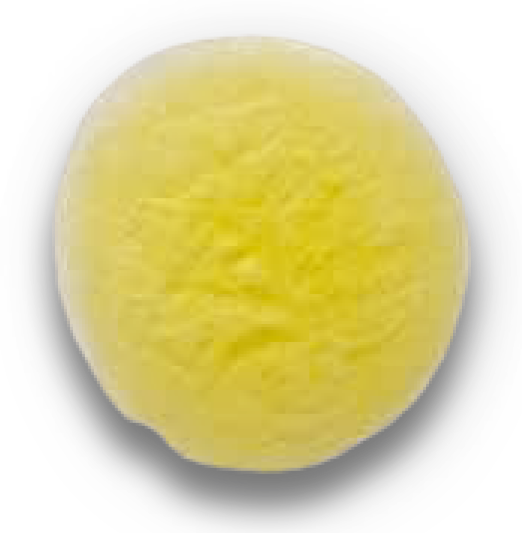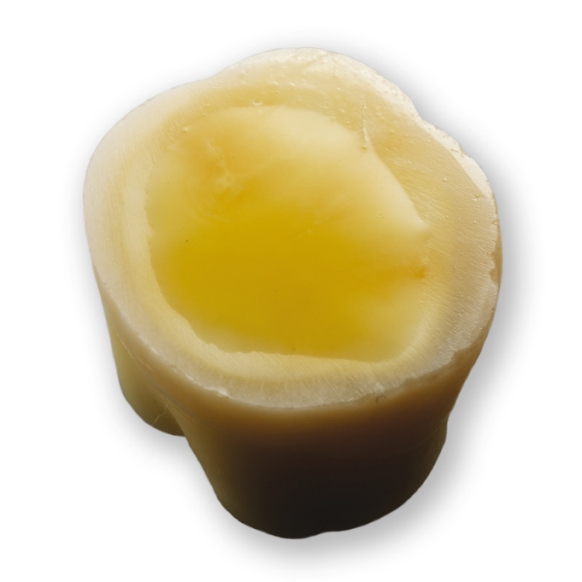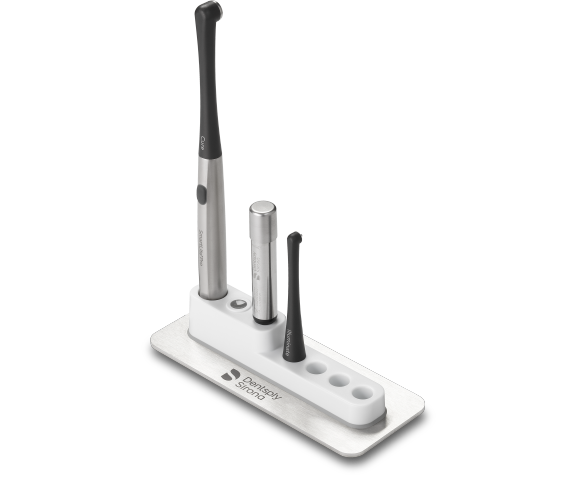When it comes to the success of these restorations, the adhesive step plays a critical role. In vitro studies have indicated that the gingival margin in class II composite restorations is the most common location of bonding failures. Additional studies have proven the dentin adhesive bond of resin-based composite to gingival walls is significantly weaker, and thus, at increased risk of failure compared to the bond to proximal walls. For Class II restorations, the selective-etch technique, shown in this picture, is recommended because it allows a high bond to enamel while virtually eliminating the risk of sensitivity on dentin by minimizing exposure to etchant. Research has shown etching on deep dentin can increase the probably of post-operative sensitivity and minimizing sensitivity can help achieve a high level of patient satisfaction which can impact referrals and practice health.
Another key feature of adhesive for Class II restorations is low film thickness. In Class II restorations, thick adhesives can pool in the corners of the proximal box. These adhesive pools can show up as translucent areas on a radiograph, which can easily be mis-diagnosed as a void, gap, or secondary decay, leading to unnecessary replacement. Prime&Bond active adhesive provides a lower film thickness than many commercially available adhesive systems.

















